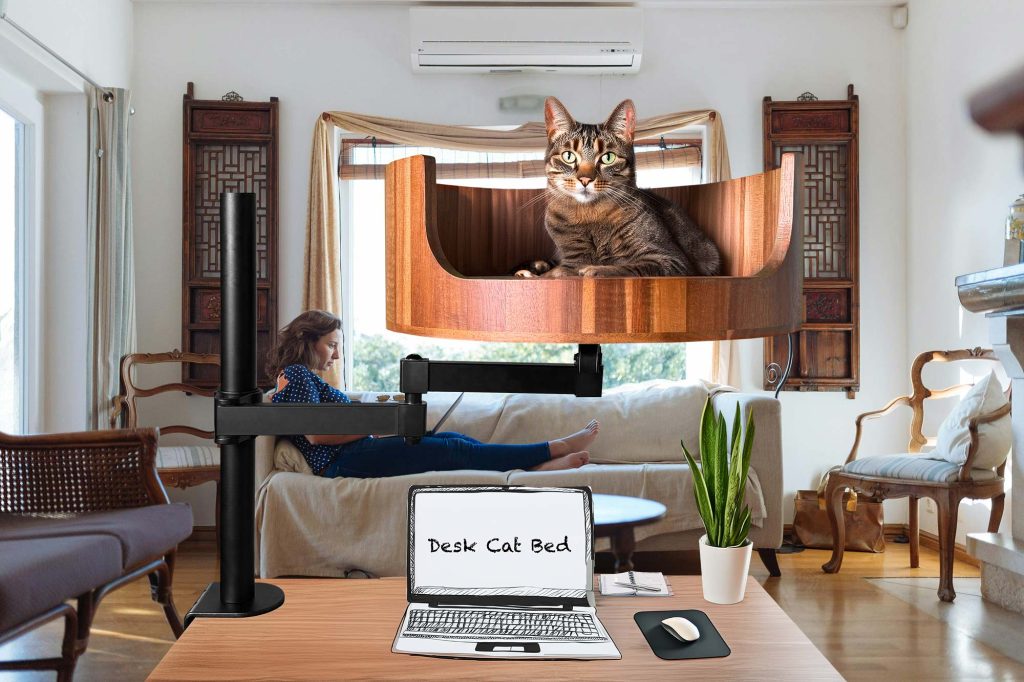Cats are known for their quirky behaviors, but one of the most perplexing habits they exhibit is eating plastic. From grocery bags to plastic toys, many cat owners have found their feline friends munching on these non-edible items. So why do cats eat plastic? In this article, we will explore this odd behavior and try to understand why some cats have a penchant for plastic.
It is no secret that cats are curious creatures, often exploring their surroundings with their paws and mouths. However, when it comes to ingesting plastic, this behavior can be dangerous and harmful to their health. From causing intestinal blockages to toxicity risks, the reasons behind cats eating plastic can vary. To better understand this behavior, we will delve into the possible reasons behind why cats are drawn to plastic, and provide insights into how pet owners can prevent their furry companions from indulging in this risky habit. By shedding light on this peculiar behavior, we aim to help cat owners better care for their beloved pets and ensure they stay happy and healthy.
1. Cats may eat plastic due to pica, a condition characterized by the consumption of non-food items.
2. Stress, boredom, or nutritional deficiencies can contribute to this behavior in cats.
3. Ingesting plastic can have serious health consequences for cats, including intestinal blockages and toxicity.
4. Owners should provide enrichment and mental stimulation for their cats to help prevent plastic ingestion.
5. It’s important to consult a veterinarian if your cat exhibits compulsive plastic-eating behavior to address any underlying issues.
Causes of Plastic Eating Behavior in Cats
There are several reasons why cats may exhibit the unusual behavior of eating plastic. One potential cause is pica, a condition characterized by the consumption of non-food items. This behavior may stem from nutritional deficiencies, stress, boredom, or underlying medical issues. Cats may also be attracted to the texture or smell of certain plastics, mistaking them for food. Furthermore, cats are natural hunters and may be drawn to the crinkly sound that plastic makes, associating it with prey.
Risks and Dangers of Cats Eating Plastic
While it may seem harmless, eating plastic can pose serious risks to a cat’s health. Ingesting plastic can lead to intestinal blockages, which can be life-threatening if not promptly addressed. Sharp edges on plastic items can cause internal injuries or perforations in the digestive tract. Additionally, some plastics contain toxic chemicals that can leach into a cat’s system, leading to poisoning. Regularly consuming plastic can also displace essential nutrients in a cat’s diet, further exacerbating any underlying health issues.
Preventing Cats from Eating Plastic
To prevent cats from eating plastic, it is crucial to address the underlying reasons behind this behavior. Providing a balanced diet, plenty of mental and physical stimulation, and a stress-free environment can help reduce the likelihood of pica in cats. Ensuring that all plastic items are stored out of reach or replaced with safer alternatives can also help mitigate the risks associated with plastic consumption. If a cat continues to exhibit signs of pica despite these measures, consulting a veterinarian for further evaluation and guidance is recommended.
Frequently Asked Questions
Why do cats eat plastic?
Cats may eat plastic for a variety of reasons, including boredom, stress, or pica, a condition that causes animals to eat non-food items. It’s important to determine the underlying cause to address the behavior.
Is eating plastic dangerous for cats?
Yes, consuming plastic can be extremely harmful to cats. It can cause intestinal blockages, which may require surgery to remove. Ingesting plastic can also be a choking hazard or lead to toxicity if the plastic contains harmful chemicals.
How can Desk Cat Nest help prevent cats from eating plastic?
Desk Cat Nest provides a safe and cozy space for your cat to rest and play, reducing boredom and stress that may lead to plastic-eating behavior. By providing a designated area for your cat, they may be less likely to seek out plastic items as a substitute.
What materials are used in Desk Cat Nest?
Desk Cat Nest is made of durable and non-toxic materials to ensure the safety of your cat. The plush cushion provides a comfortable surface for your cat to lounge on, while the sturdy walls offer security and support.
How do I introduce my cat to Desk Cat Nest?
To introduce your cat to Desk Cat Nest, place their favorite toys or treats inside the nest to encourage exploration. Allow your cat to approach the nest at their own pace and provide positive reinforcement when they show interest in the space. Gradually increase their time spent in the nest to help them adjust comfortably.
In conclusion, providing a Desk Cat Bed for your feline friend can greatly reduce the likelihood of them eating plastic. By offering a comfortable and safe space for your cat to rest and play, they will be less likely to seek out harmful materials like plastic to satisfy their instincts. The Desk Cat Bed not only provides a cozy spot for your cat to relax, but it also promotes their overall well-being and health. Invest in a Desk Cat Bed today to keep your beloved pet happy and healthy for years to come.


